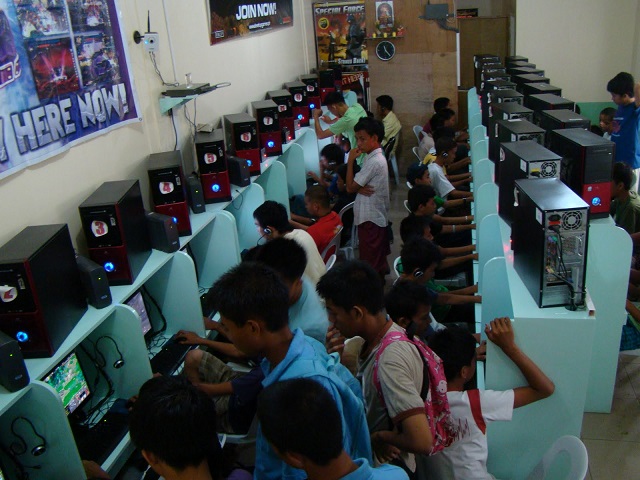Across the Asia/Pacific (excluding Japan) region, or APEJ, the online gaming market continues to experience healthy growth in 2014. IDC estimates that the online gaming revenue in APEJ will reach US$30.39 billion in 2018 at a compound annual growth rate (CAGR) of 18.53 per cent.
These numbers come despite a slowdown in Southeast Asia markets in 2013 as service providers (SPs) prepared to include mobile games into their business strategies and game portfolios.

Online gaming revenue in APEJ was US$12.96 billion in 2013 with growth of 14.27 per cent, compared to US$11.34 billion in 2012.
The number of online gaming users will rise to 335.88 million in 2018, from 240.74 million in 2013. As the number of gamers across the APEJ region steadily grows, what is most encouraging is a corresponding rise in those paying online games as well, from 102.81 million in 2013 to nearly 150 million in 2018.
“Online gaming in the APEJ region is not only a fast growing segment but it is also poised to take advantage of the wave of consumer smartphone adoption to access the mobile Internet across the region,” says IDC Asia/Pacific – Consumer Mobility, associate research director, Shiv Putcha.
According to Shiv, there are several key drivers for this growth, ranging from China’s dominant contribution to the rise of mobile gaming and the freemium model.
“The first major driver comes down to strong regional growth. China has been and will continue to be the dominant force in online gaming but other markets, like Korea and Taiwan, are also seeing strong growth. The top three markets – China, Korea, and Taiwan – make up 95.56 per cent of online gaming revenue in APEJ.”
China, says Shiva, continued to dominate the online gaming market in 2013 with 75.73 per cent market share, and its market share continued to increase. Its online gaming revenue increased to reach US$9.81 billion in 2013.
On the other hand, emerging markets, like India and Indonesia, have nascent online gaming markets but have made great strides in the last year, he observes.
Shiv has seen mobile gaming and new game categories, like MOBA and eSports, emerge as a strong driver of growth for the online gaming industry across APEJ, especially in China, Korea and Taiwan.
“The higher penetration of Internet, broadband, PC, and mobile device and completely free-to-play (F2P) game offerings increased the popularity of mobile games. eSports and competitive games such as MOBA games continue to attract online PC gamers. The popularity of competitive games, such as eSports and mobile battle arena games, continue to attract online PC gamers in Asia/Pacific.”
Shiv notes that the online gaming market has completely transitioned from a subscription fee based business model into a freemium model.
“In fact, in 2013, online games offered in Asia/Pacific were overwhelmingly F2P games and revenue was mainly earned through sale of virtual items. Although revenue will be less predictable than subscription fee based games, F2P model will attract more new gamers when they are able to try the games at no cost,” adds Shiv.
Going forward, IDC has identified several opportunities for sustained growth in online gaming across APEJ. Beyond merely introducing new titles for mobile gaming, it is also important for these games to be localised and promoted across multiple mobile platforms given the vast diversity in Asia. In-app purchases and advertising will become the primary means of monetising games in Asia, especially over mobile.